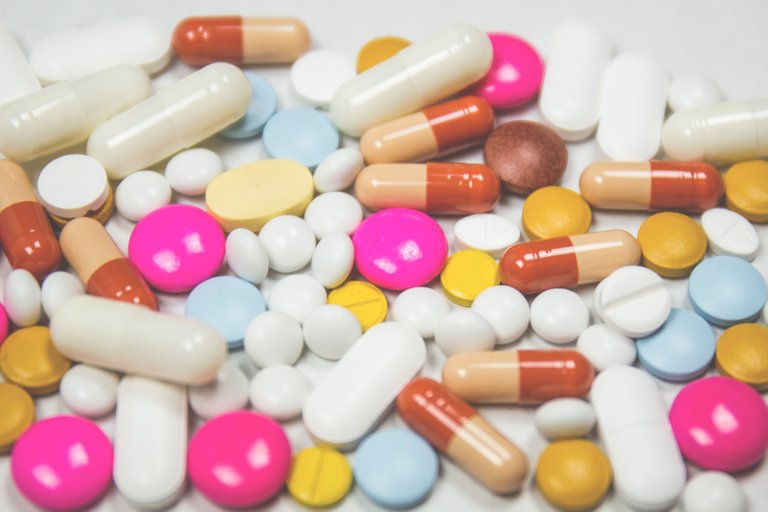
More than 90 Americans die on a daily basis after overdosing on opioids. Now what exactly are opioids? They are synthetic drugs that produce the same effect as opium. Morphine and codeine are examples of opioids.
Defined as a class of controlled pain-management drugs, they contain natural or synthetic chemicals that are based on morphine. Morphine is an active component of opium and such a narcotic effectively act just like the pain-relieving chemicals that the body produces naturally.
Opioid epidemic is a serious natural crisis that is brought about by the misuse of and addiction to opioids. It affects public health as well as social and economic welfare. It is therefore necessary to equip ourselves with information that will give us a clear idea about the opioid crisis and also tell us how to battle it.
How it all started
In the late 1990s, healthcare providers began to prescribe opioid pain relievers at greater rates when the medical community was reassured by the pharmaceutical companies that patients would not become addicted to such prescription pain relievers. Soon it became clear that these medications could indeed be highly addictive. But by then the opioid overdose rates had begun to increase because of widespread diversion and misuse of such medications.
How the opioids work
Opioid medications affect the areas of the brain that control emotions and pain. It produces an intense feeling of euphoria by driving up levels of dopamine, the feel-good hormone. The brain gradually becomes used to the feeling of euphoria and therefore takes more and more of the drug to produce the same levels of well-being and pain relief. This leads to dependence first, and then addiction. Additionally, opioid users need to take increasingly large doses of the medication for achieving the same effect they achieved the first time. This is called tolerance.
When a person dependent on opioids stops taking the pills, they may experience withdrawal symptoms. Because it is less expensive than prescription drugs, heroin often becomes the choice drug for people who become dependent on pain pills.
How to treat it
As a treatment for overdoses, a drug called naloxone is used. It is available as a nasal spray or an injection. It is often carried by first responders and blocks or reverses the effects of opioids.
How does naloxone work? It blocks the effect of an opioid by inhibiting the opioid receptor in the brain. It can knock off a receptor if there is an opioid already present. When a person overdoses on an opioid, say heroin, the naloxone pushes the heroin away and blocks the receptor. It does not activate the receptor so that the person can recover from their overdose. The time of action that naloxone has is shorter than the effect of many of the opioids used though.
The way out
After an opioid overdose patient is sobered with the help of healthcare providers, they are offered a detox list and then discharged. But they have a one-in-10 chance of being dead within a year. The highest risk is within one month though. Though naloxone is an important tool in fighting the opioid crisis, it is no solution.
Patients who survive opioid overdose are extremely high-risk. Healthcare does provide them with necessary help, but only if it can reach them in time. The solution therefore is to talk seriously about other resources available to the overdose patients. Counselling, recovery coaches, and easily accessible treatment sites where they can go for ongoing care are what are needed.
The general understanding of the epidemic should be strengthened through better public health surveillance. Better practices should be advanced for pain management. Safe, effective and non-addictive strategies should be developed, along with new and innovative medications and technologies to treat opioid use disorders. To save lives and support recovery, improved overdose prevention and reversal interventions are needed.